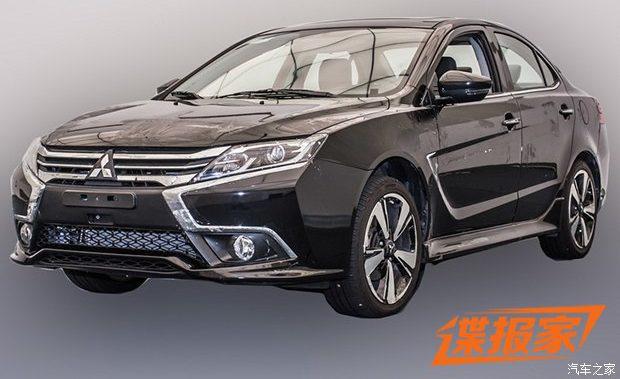Five Ways Self-Driving Cars Will Upend the Automotive Economy

Five Ways Self-Driving Cars Will Upend the Economy
How do you insure a car that never makes mistakes?
It won’t happen overnight, but the unpreventable takeover of self-driving cars will switch the economy in profound ways. The economics of driving reach into facets of life beyond who’s in control when we travel down the highway, from funding legal assistance for the poor to the design of entire cities. Here’s how.
Insurance
The car that drives itself crashes itself, and the business of insuring against this inevitability is on the cusp of a gradual but major shift. Auto insurance revolves around liability. When Google’s autonomous cars crashed in testing on public roads, it’s always been the other driver’s fault. People brake check and zip across three lanes of traffic to avoid missing an exit. Self-driving cars don’t. That upends the insurance game.
The U.S. government think tank RAND imagines that we’ll see a budge from state-regulated insurance protecting drivers to federal law protecting automakers. It almost has to be. Manufacturers would be nuts to think the technology won’t go wrong at least a few times, and if they’re liable for every malfunction, they’re screwed. In RAND’s version of the future, there’s a federal no-fault law that absolves manufacturers of liability for crashes. As in current no-fault states, drivers would still purchase policies, and insurance would pay for its policyholder regardless of who’s at fault in a crash.
However, don’t expect the future to be an instant shift from the cars of today to a entire fleet of nothing but autonomous vehicles. It won’t happen overnight. There’ll be people who need to drive but can’t afford an autonomous car primarily, and people who choose to drive classic cars. So the roads of tomorrow are weird mix of humans and robot drivers, and thus, a weird mix of insurance coverage. And as long as self-driving cars let drivers take over the controls on request, that policy will have to rail along with a continuation of liability insurance. For many years to come, older non-self-driving cars will share the road with newer self-driving cars with the option to drive by hand.
Apart from liability, thieves will thieve and storms will rage. Property harm auto insurance will stick around much the same.
Ticket Money
Our aggressive, impatient, or just plain dumb driving habits make local government a lot of money. In other words: Governments across the country count on our bad behavior behind the wheel to pay their bills. Speeding tickets alone send $6.Two billion into city, county, and state treasuries every year, and a fifth of American drivers contribute. Then there are red-light tickets, tipsy driving tickets, and parking tickets. Violating traffic laws is big business.
Where all this ticket money goes varies jurisdiction to jurisdiction, but let’s take Pennsylvania as an example. In it there were 959,186 guilty traffic dispositions in 2014. For each one, $8 went to maintain the computer systems used by judges and police, $Two to legal representation for the poor, $7.50 to rural EMS, $Two.50 to a public fund for victims of traumatic injury, $38.50 to state and county courts, and another $8 to courts for those who requested a hearing. The rest of each fine went to public transportation, towing, and state, local, and county general treasuries. And that’s not even counting the 143,343 red-light-camera cases that also sent money into the system.
Here’s the problem: Autonomous cars are programmed to be saints. They don’t speed. They don’t drive buzzed, run crimson lights, or park where they’re not supposed to (unless you program bad behavior into the system). As a result, the amount of money packing government coffers is going to drop substantially as more and more purely autonomous cars hit the road. Where are they going to make up the difference?